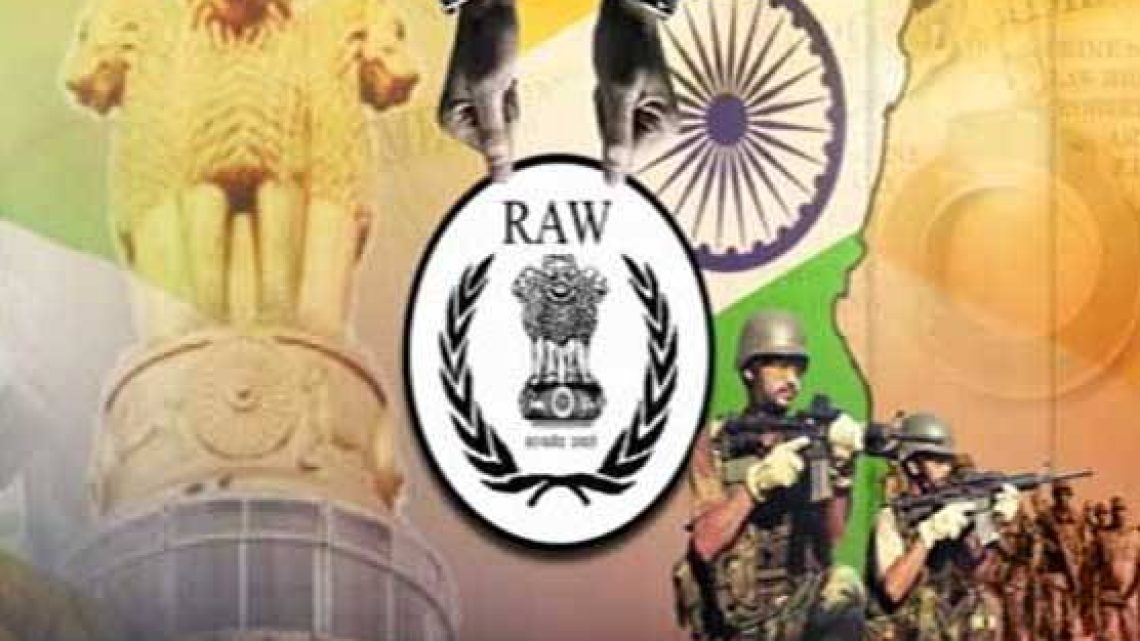
RAW, MoIS, and TGB Nexus: An Analysis of Transnational Support for Terrorism in Pakistan
August 13, 2024 Off By Sharp MediaThe insurgency in Baluchistan is not merely an internal affair of Pakistan but a complex interplay of regional and international dynamics involving external intelligence agencies. The nexus between India’s RAW (Research and Analysis Wing), Iran’s Ministry of Intelligence and Security (MoIS), and Baluchistan’s terrorist groups (TGBs) contribute to the region’s instability.
In Pakistan, various internal and external forces exploit youth of Baluchistan, using them as pawns in a larger geopolitical game. The radicalization and subversion of these youths play into the hands of terrorist groups, which are supported by hostile external intelligence agencies.
RAW and MoIS provide critical support to these groups, facilitating their activities both inside Baluchistan and across borders in Iran and Afghanistan. This support includes refuge, logistics, and training.
The capture of RAW officer Kulbhushan Yadav in Baluchistan, while traveling on Iranian documents, is a significant indication of the collaboration between RAW and MoIS. His arrest underscores the direct involvement of these agencies in destabilizing Baluchistan province of Pakistan.
In Pakistan, various captured militants have confessed to receiving support from RAW and MoIS. These confessions reveal details about training, funding, and directives for carrying out terrorist activities, such as those provided to TTP terrorist Nasarullah.
Since the initiation of the China-Pakistan Economic Corridor (CPEC) project, RAW has actively supported terrorist groups in Baluchistan region to sabotage this strategic infrastructure. The aim is to keep Baluchistan underdeveloped and perpetuate a narrative of deprivation, undermining regional stability and economic progress.
In addition, the recovery of sophisticated weapons and equipment from militant hideouts suggests substantial external backing. This includes financial support and advanced weaponry from foreign intelligence agencies, highlighting their role in equipping and funding Baluchistan’s terrorist groups.
Moreover, the recent strikes by the Pakistan Air Force (PAF) against terrorist camps in Iran highlight Pakistan’s efforts to address the cross-border support for terrorism. These strikes reflect the seriousness of the threat posed by external support to these camps.
Also, the confession of Mahrang Baloch from the Baloch Youth Council (BYC) about the presence of heirs of targeted terrorists in Islamabad’s protest camps further illustrates MoIS support for BLA and BLF terrorists. This connection emphasizes the role of external actors in fueling the insurgency.
Further, the dissemination of fake propaganda by anarchist groups in Baluchistan, often supported by Indian sources, reflects the broader strategy of RAW to manipulate narratives and support terrorist activities. This propaganda aids in advancing the interests of these groups and further destabilizes the region.
The nexus between RAW, MoIS, and terrorist groups in Baluchistan is a significant factor in the ongoing instability and conflict in the region. The support from these intelligence agencies involves providing logistical, financial, and operational backing to terrorist organizations, contributing to the region’s turmoil. Addressing this complex situation requires a comprehensive approach involving regional cooperation and international support to counteract the external influences and stabilize the upset Baluchistan in Pakistan.

